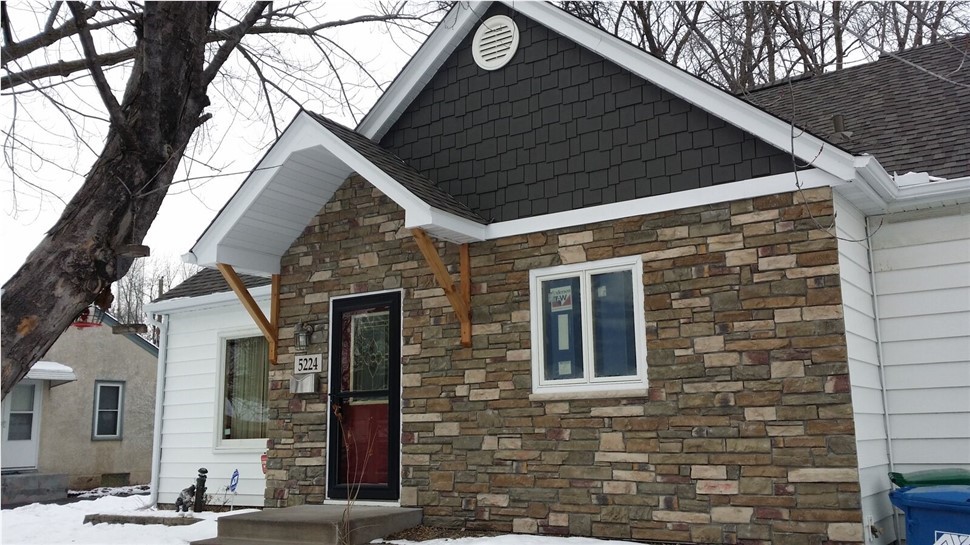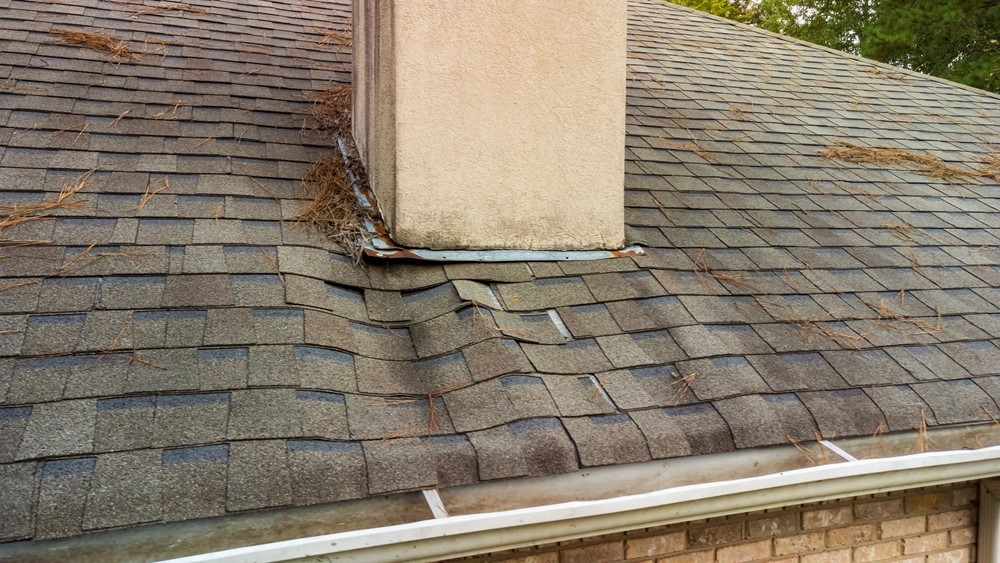As a licensed Minnesota residential building contractor specializing in energy-efficient exterior home improvements, we realize that having work done on your home is a big investment. That's especially true when you're doing something to the exterior. That usually involves roofing, siding, or replacement windows, and none of those is inexpensive. So that likely means in order to pay for your project you're going to need to make room in your budget for it. Whether you're saving up to have the cash or plan on financing your next home remodeling work, here are some tips you can use to make wise financial decisions. Look at the Big Financial Picture: What Is Your Current Situation?
Before you take any steps to plan a home improvement project, the first thing you should do is take a good, critical look at your existing financial situation. That includes such things as:
- Current level of debt: total debt as well as the average of your total monthly payments
- Current net income. If you're expecting it to change in the near future, you should factor that in as well. We know that life doesn't always go as planned, so it's a good idea to assess your situation as it exists in addition to what you anticipate it to be soon.
- Remaining balance on your mortgage.
- Current disposable monthly income (average) - this is what you have left to work with after you've paid your fixed expenses like your mortgage, insurance, taxes, utilities, credit card payments, etc. Include average expenses for things like groceries, gas, etc. "Disposable" should be what's left over after you've paid things that aren't optional.
- Other planned expenses: Have you got a vacation coming up? Or perhaps one of your children is starting college in the fall and you'll have tuition bills?
- Current financial assets (balance in your checking and savings accounts as well as any investment accounts you might be able to convert).
Subscribe to Quarve Contracting's Blog







Comments